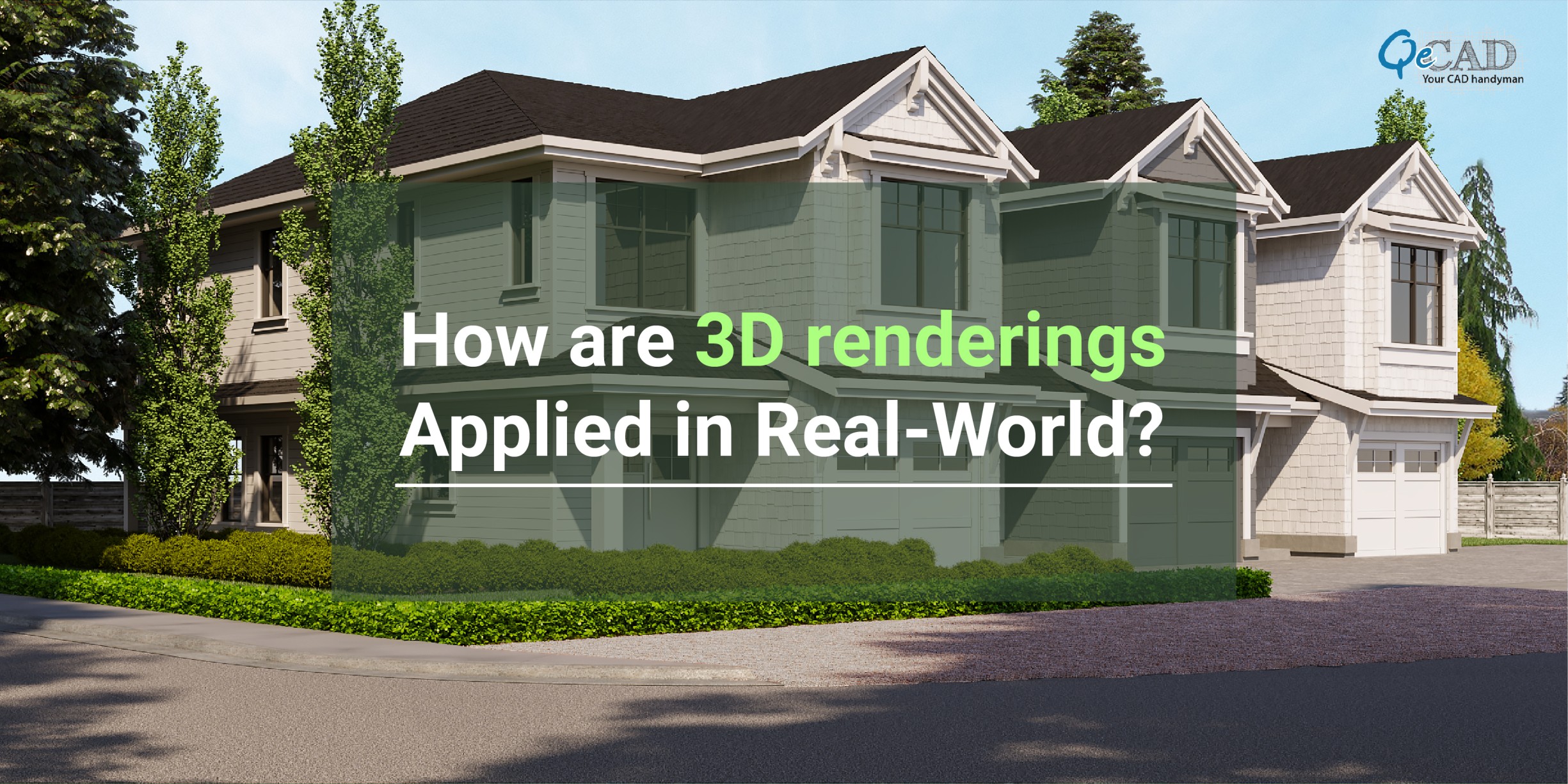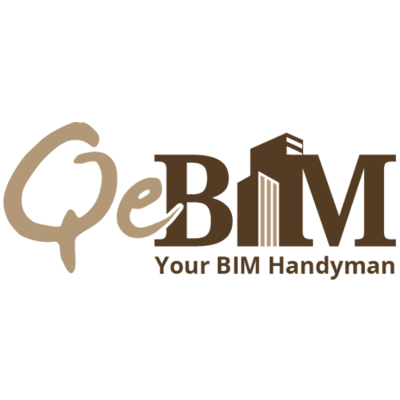How are 3D renderings Applied in Real-World?

3D has the power to execute your visions before they can be live and help out to plan the process accordingly.
With recent technological advancements, 3D and its application have increased hysterically. The digital experiences in collaboration with 3D Renderings have unlocked a whole new world. Almost every industry implements 3D technology in some way or another to deliver better experiences. Let us first understand what 3D Rendering is.
What is 3D Rendering?
3D Rendering is basically the process of converting 3D models into modifiable 2D images or animation with the help of rendering software. It allows users to view or interact with images or scenes in action while simulating in real-time. 3D renders can be both photorealistic and non-photorealistic, depending on their application. A BIM modeler creates a model in 3D, places custom lighting, shading, colors, etc., in varied angles, and renders the model into a 2D image. 3D Rendering is applied all around us now a day, from gaming designs to entertainment to product designs to creating the very building we live in.
If you ever had to look at a 2D image or sketch and try to visualize it as a 3D, you better know how difficult it is. 3D Rendering allows viewers to overcome glitches and interact with 3D images or real scenes. It streamlines everything by placing the designs in the real world with the help of software, making it easier to identify possible flaws and rectify them before the design goes into implementation. In short, it confers the power of detailing to make crucial decisions.
The ease of using 3D rendering software today creates many applications in commercial and industrial settings. It just requires a quick input to give you an apt output in no time. It eliminates the manual work of designing to a greater extent, as all of it is looked after by software to generate 2D and 3D masterpieces. 3D Rendering has applications in many industries as it is an economical alternative to actual models and is easy to access, modify and edit.
Applications of 3D Rendering in Real World
3D Rendering applications are positively transforming various industries. It is changing their day-to-day business operations, marketing tactics, and other unique practices. Given are a few industries where 3D renderings are applied.
1) Gaming
Gaming is one of the most significant industries relying on 3D renderings. It has grown immensely since its inception, and over decades, video games, media, and entertainment have integrated and used 3D graphics and images. 3D Rendering is a fundamental part of the modern gaming industry which makes developing and implementing these images a lot simpler, faster, and more economical. It allows game designers to create intricate new worlds, characters, and real-life scenarios to connect with end users. The streaming of video games is the most outstanding stimulation of this technology. It allows you to explore new horizons of the virtual world while being a part of the real world.
2) Architecture, Construction & Real Estate
Architecture and construction are yet another vast industry depending on 3D renderings. In traditional times, Architects, developers, and designers used hard-copy blueprints and miniature 3D models to convey their building projects visually. Using real-time 3D Rendering, the visual depiction has become relatively more effortless for them. They can digitally recreate a site so clients and stakeholders can walk through the property virtually. 3D rendering services in AEC include Interior rendering services that give you an enhanced view of the interiors of any structure with every detail dimension and Exterior rendering services that help showcase the outer idea of any project from varied angles. Both help gets a quick overview of the site in a real-life environment and identifies the design flaws beforehand.
Real estate, like construction and architecture, uses 3D renderings as a tactic to attract buyers for their property. With 3D renderings, they can digitally present their offerings through videos and walkthroughs in no time.
3) Manufacturing
Manufacturing anything requires a prototype that needs to be designed first. Through 3D renderings creating a product prototype has been relatively simple and speedy. With just a few clicks in rendering software, you can now view the product, test its performances and iterations, and identify the design flaws before it is manufactured. These are termed Product renderings. 3D renderings contribute significantly to the manufacturing industry by saving on costs and resources through reduced reworks and streamlining production.
4) Automobile
Rendering software in the automobile industry is helping out a lot by providing a detailed view of the cars to the end customers. It helps in depicting and out of the vehicle with accessories and elements integrated. It allows designers to test the vehicle features, and even end users can incorporate personalization in color combinations and accessories in real-time. In this fast-paced world, customers research before buying, and these 3D renderings influence their buying decisions.
5) Healthcare
The most important of all industries, healthcare, is also leveraging the benefits of 3D rendering applications. From mapping the human anatomy to diagnosis to educating healthcare professionals about surgical procedures to preparing specific situations, this technology has helped a lot.
6) Advertising and Marketing
The advertising and marketing industry as whole works on presentations, interpretations, and demonstrations. 3D renderings are used to showcase the products as never before digitally. It is used to pitch ideas, and develop, customize, and modify prototypes for advertisement purposes.
Conclusion
To make your ideas come to life, 3D renderings are instrumental. It will aid your design communication process to a greater extent. This digital transformation will shape every industry in the future. Many have already reaped renderings benefits, and their application and usage will grow exponentially.












